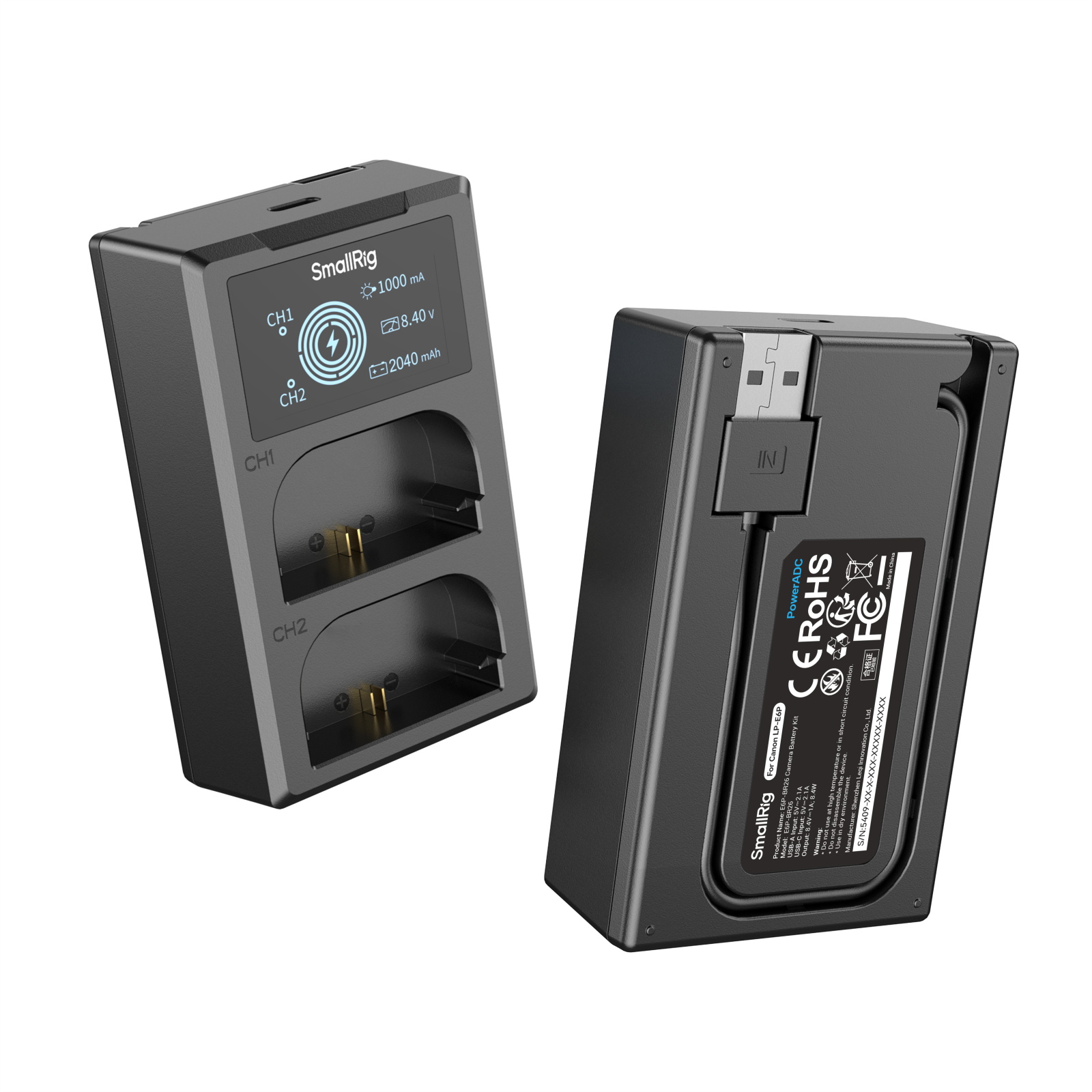Unlock the Secrets of Camera Batteries: Find the Perfect Power for Your Photography!
In the world of photography, the battery is often the unsung hero behind stunning images. A reliable camera battery not only powers your device but also influences its overall performance and operational lifespan. Whether you're capturing breathtaking landscapes, candid moments, or professional portraits, understanding the importance of camera batteries is essential. With various types available, including lithium-ion, nickel-metal hydride, and alkaline, each serves different photography styles and demands. This article will guide you through the diverse landscape of camera batteries, helping you choose the perfect power source for your photographic adventures.

Understanding Camera Battery Types
Camera batteries come in several types, each with unique characteristics suited for different applications. The most common type is lithium-ion (Li-ion), widely favored for its lightweight design and high energy density. These batteries are rechargeable and can handle a significant number of charge cycles, making them ideal for professional photographers who need reliable power during long shoots. Nickel-metal hydride (NiMH) batteries are another option, known for their higher capacity than traditional alkaline batteries. They are rechargeable and eco-friendly, though they tend to have a shorter lifespan than Li-ion batteries. Lastly, alkaline batteries are often used in entry-level cameras or for emergency backups. While they are inexpensive and readily available, they do not provide the same longevity or performance as rechargeable options. Each type of battery has its place in the photographer's toolkit, and selecting the right one can truly enhance your shooting experience.
Specifications to Consider
When choosing a camera battery, understanding its specifications is crucial. Key specifications include voltage, capacity (measured in milliamp hours, or mAh), and discharge rates. Voltage indicates the power output, while capacity defines how long the battery can last under specific conditions. A battery with a higher mAh rating will generally provide a longer shooting time, which is especially important during extensive photo sessions. Discharge rates also play a vital role; a battery that can maintain a steady discharge rate will ensure consistent performance, reducing the risk of sudden power loss during critical moments. For instance, a friend of mine once missed capturing a perfect sunset because their battery couldn't sustain the discharge rate required for continuous shooting. Hence, before purchasing, always check these specifications to ensure your selected battery meets your performance needs.
Compatibility and Choosing the Right Battery
Not all camera batteries are created equal, and compatibility is key when selecting the right one for your equipment. Most cameras have specific battery models that are designed to fit and function optimally. To determine compatibility, consult your camera manual or the manufacturer's specifications. Additionally, consider your photography style and usage frequency. If you often shoot in remote locations or for long periods, investing in a high-capacity battery or multiple backups may be wise. For casual photographers, a standard battery may suffice. A friend who frequently travels for landscape photography swears by carrying several charged batteries in their bag, ensuring they never miss a shot due to power issues. Ultimately, understanding your needs and checking compatibility will guide you toward the perfect battery choice.
Caring for Your Camera Battery
To ensure longevity and optimal performance, proper care of your camera battery is essential. Start with smart charging practices: avoid overcharging, as this can degrade battery health over time. It's also beneficial to use a dedicated charger instead of a universal one, as they often provide better maintenance. When storing your batteries, keep them in a cool, dry place, and avoid leaving them in your camera for extended periods, especially when not in use. If you notice a significant drop in performance or the battery begins to swell, it may be time to replace it. These simple practices can extend the life of your battery and ensure you’re always ready to capture those fleeting moments.
Maximizing Your Photography Experience with the Right Battery
In conclusion, the importance of camera batteries cannot be overstated. They are crucial for powering your photography equipment and ensuring optimal performance. By understanding the different types of batteries available, their specifications, and how to choose the right one based on compatibility and usage, you can enhance your photographic experience. Additionally, following proper care guidelines will prolong your battery's life, ensuring you are always prepared to seize the perfect shot. Remember, a well-chosen and maintained camera battery can make all the difference in your photography journey.








